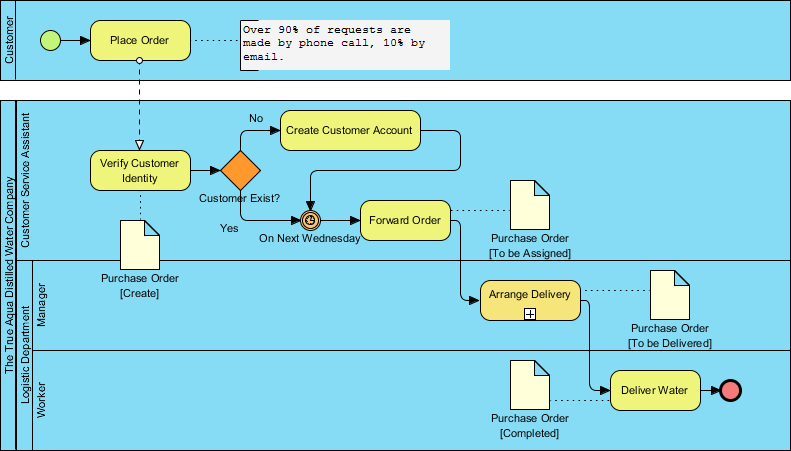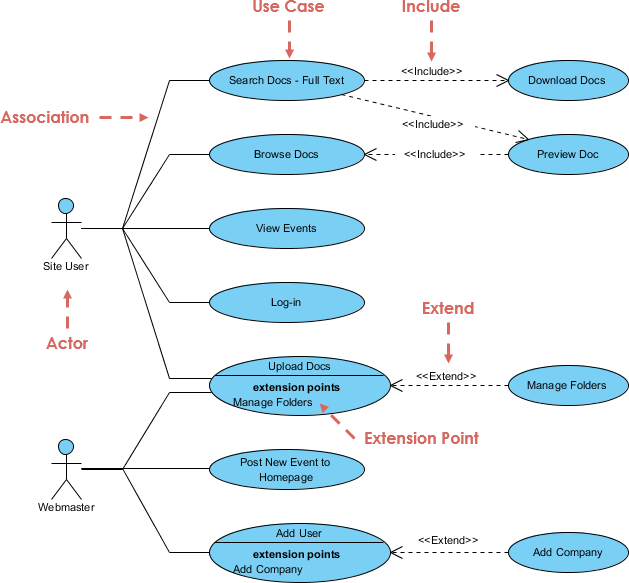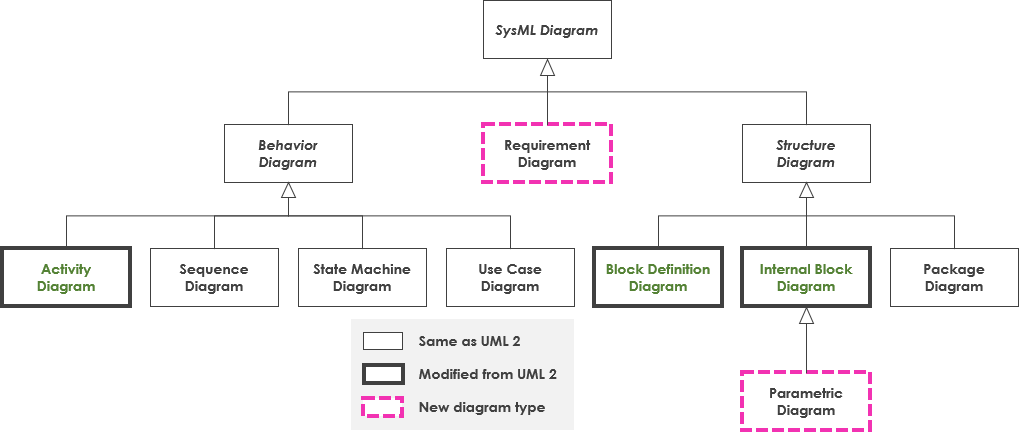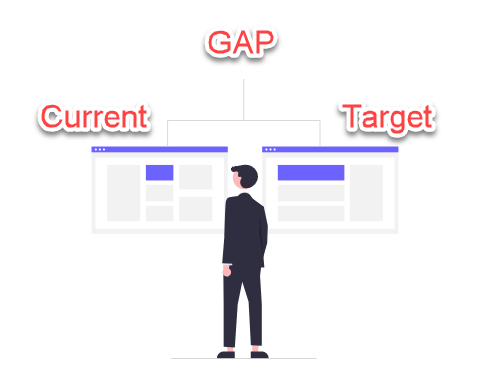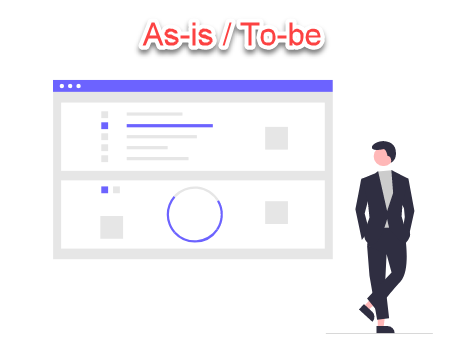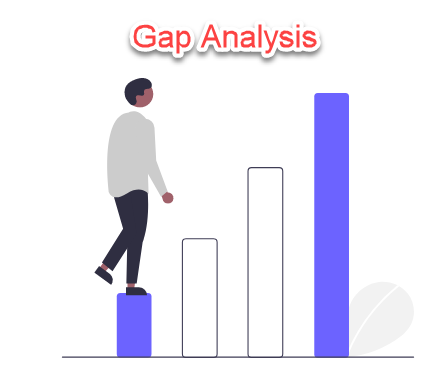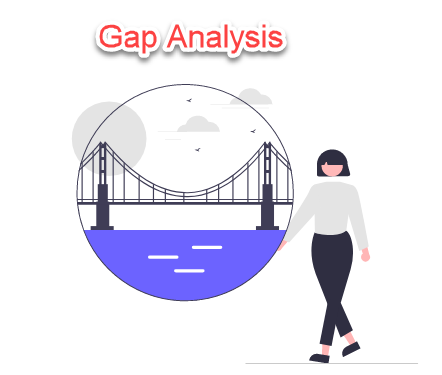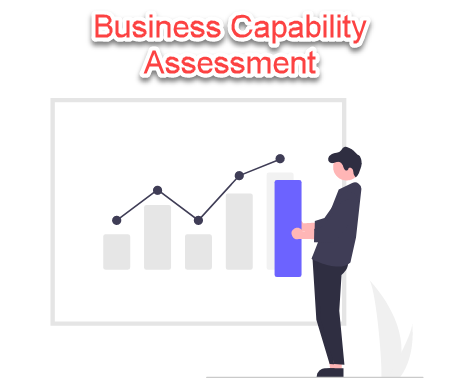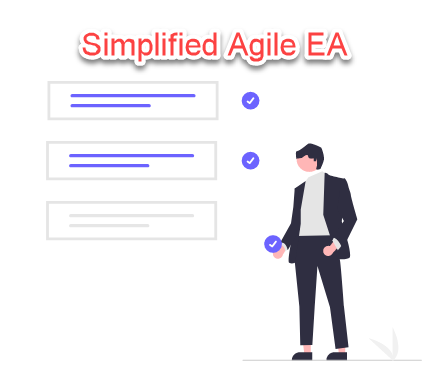BPMN – A Comprehensive Guide
BPMN, which stands for Business Process Model and Notation, is a widely adopted and standardized modeling language for representing business processes. BPMN was originally developed by the Business Process Management Initiative (BPMI) and is currently maintained by the Object Management Group (OMG). In 2005, these two entities merged, leading to subsequent updates in the BPMN standard. The latest version, known as BPMN 2.0, was introduced in 2011 with the objective of establishing a unified specification for creating Business Process Model and Notation diagrams. This latest iteration introduced additional levels of detail, including features…continue reading →

